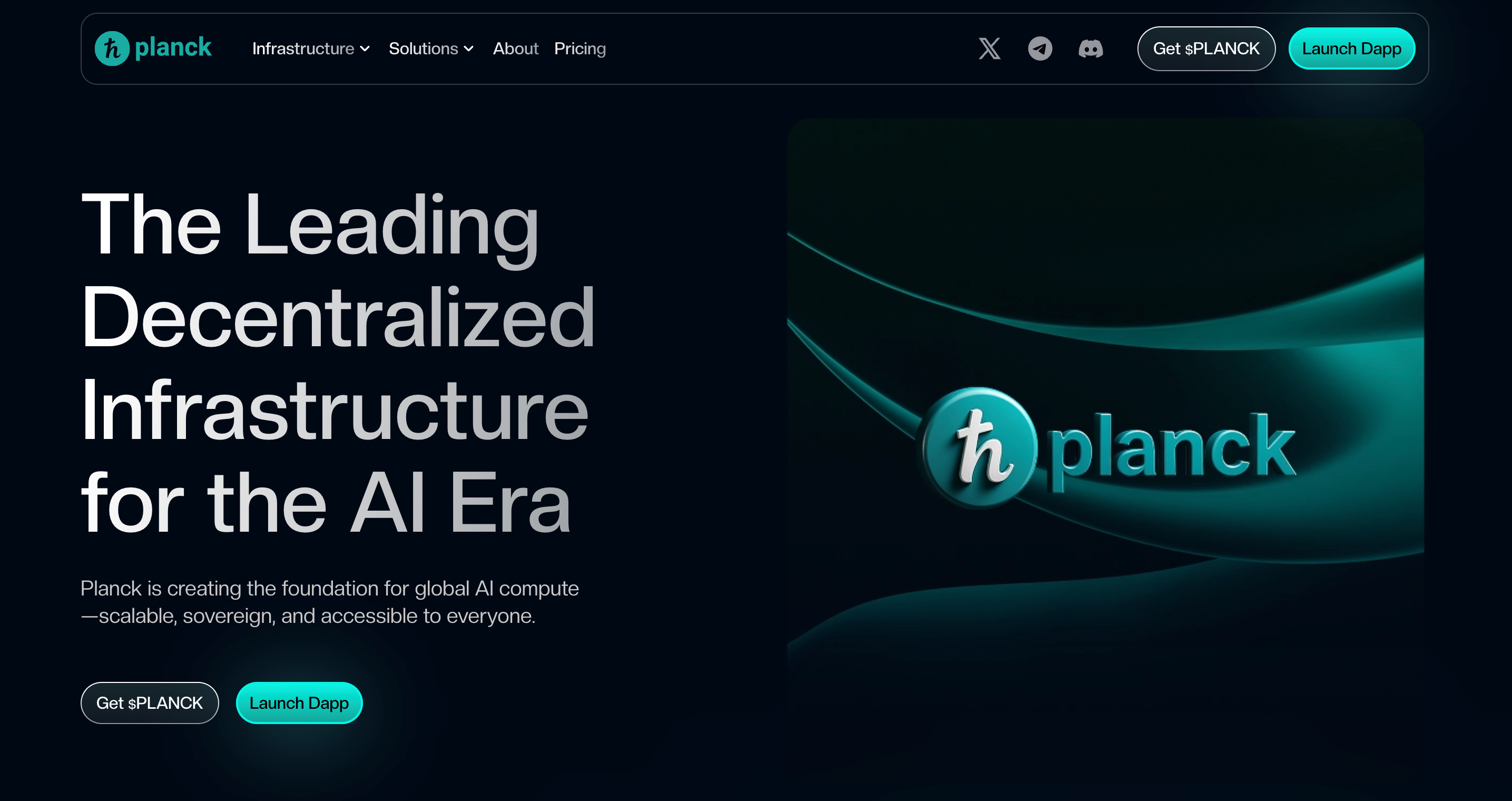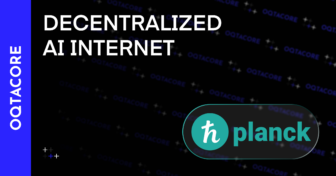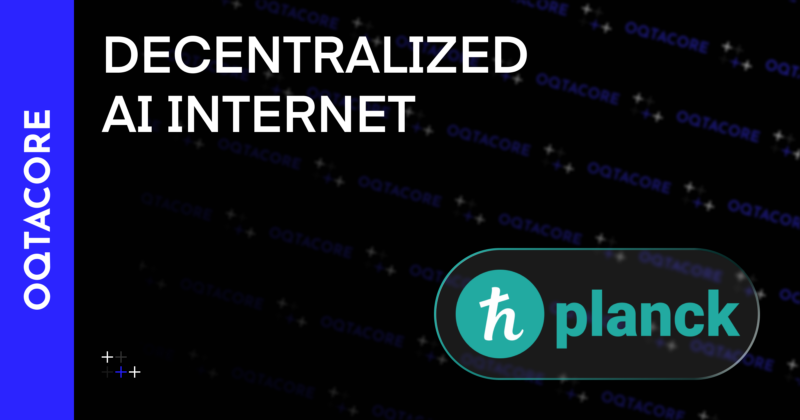
Dive into the future of AI and cloud: explore how decentralized infrastructure and Planck’s AI-native stack are redefining compute, governance, and incentives from the ground up.
What Is Decentralized Infrastructure?

Decentralized infrastructure is a model in which computation, storage, and networking are provided not by a single cloud vendor, but by a distributed network of independent providers, coordinated by open protocols and blockchain. Instead of relying on hyperscale data centers, applications leverage a global pool of machines owned by individuals, small data centers, and specialized operators.
Governance, access rules, pricing, and verification are enforced cryptographically and transparently on-chain, eliminating the need for internal policies from a single corporation.
For Artificial Intelligence workloads, this fundamentally shifts the trust and control model. Devs are no longer bound by vendor lock-in, opaque pricing, and limited visibility into the infrastructure. Instead, they can compose compute from multiple providers, verify performance, and create systems where the infrastructure is interoperable, programmable, and extendable by design
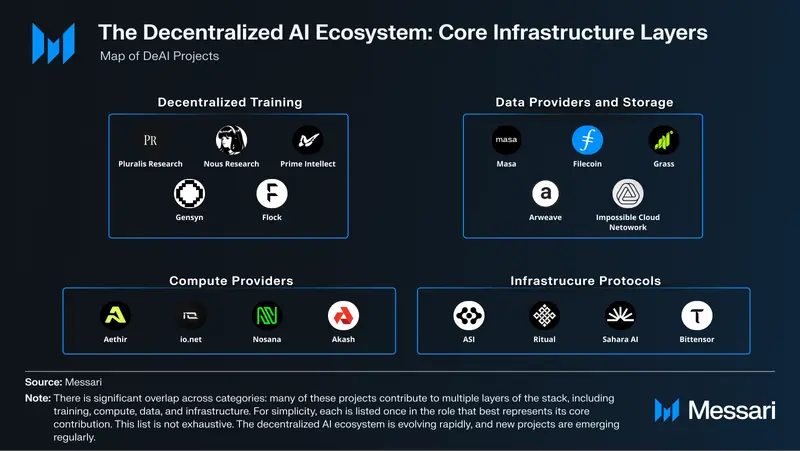
Key Benefits of Decentralized Infrastructure
Decentralized infrastructure offers several crucial advantages, particularly for Artificial Intelligence systems:
- Cost Efficiency and Flexibility
Decentralized networks aggregate capacity from many providers, offering competitive or even significantly lower prices, especially for GPU-intensive workloads. Developers can choose the best mix of performance tiers, geographies, and SLAs, without being restricted by a single provider’s offerings.
- Reduced Vendor Lock-In
With compute exposed through open protocols and standards, switching providers or balancing workloads across multiple backends becomes much simpler. This enables Artificial Intelligence models, pipelines, and services to be deployed on a shared decentralized layer, minimizing both strategic and technical risks from being tied to a single cloud provider.
- Transparency and Verifiability
On-chain records, cryptographic proofs, and open telemetry allow for verification that the computer was delivered as promised. Given the high costs of Artificial Intelligence training and inference, this transparency is critical for accurate billing, fair rewards, and building trust between GPU providers and consumers.
- Global Reach and Resilience
A geographically distributed network of providers enhances resilience, reducing the risk of single points of failure. AI workloads can be routed to regions with available GPUs, closer to end-users or data sources, ensuring continuity even if one region or provider goes offline.
- Composability with Web3 and Agents
Decentralized infrastructure integrates natively with blockchain and smart contracts, enabling Artificial Intelligence workloads to be directly orchestrated by on-chain logic and autonomous agents. Compute becomes a programmable primitive, enabling dApps, DAOs, and protocols to govern, consume, and pay for services in a fully transparent manner.
What is Planck
Planck is a leading example of how decentralized infrastructure can be purpose-built for Artificial Intelligence. It’s a decentralized Artificial Intelligence cloud and modular blockchain stack designed to be the foundational layer for a “decentralized AI internet.”
Rather than just offering a GPU rental marketplace, Planck provides a full-stack environment for building, deploying, and scaling Artificial Intelligence apps on decentralized compute. The ecosystem is powered by $PLANCK, the utility token used for compute, orchestration, staking rewards, and early access to Artificial Intelligence chains.
At the core, Planck is built around two key blockchain layers:
- Planck₀ – a modular Layer-0 designed for AI-native and DePIN (Decentralized Physical Infrastructure Network) chains. It coordinates compute, security, and messaging for sovereign Artificial Intelligence chains, rollups, and infrastructure protocols. This allows teams to launch specialized chains that plug into Planck’s shared security and GPU infrastructure.
- Planck₁ – a GPU-native Layer-1, optimized for compute-heavy execution. It handles the scheduling of GPU tasks, on-chain payments for workloads, and the accounting needed for Artificial Intelligence training and inference jobs.
Planck offers several integrated products:
- AI Cloud – Provides access to bare-metal GPUs through a decentralized network of enterprise-grade hardware. Developers, researchers, and enterprises can rent GPUs, virtual machines, or entire clusters, with pricing and allocation coordinated by the protocol.
- AI Studio – A low-code environment to build, fine-tune, and deploy models. It abstracts much of the MLOps complexity and directly integrates with Planck’s decentralized computer, allowing teams to transition from idea to production faster.
Together, these components make Planck a vertically integrated stack for Artificial Intelligence: from modular consensus and DePIN coordination to GPU execution and developer tooling. Compute is not just available – it is tokenized, programmable, and tightly coupled with on-chain logic and Artificial Intelligence agents.
OQTACORE’s Role in Planck
OQTACORE partnered with Planck to implement the backend infrastructure that powers their decentralized GPU ecosystem.
While Planck defines the protocol, products, and vision for decentralized Artificial Intelligence, OQTACORE focused on building a production-ready platform that connects GPU providers with end users and integrates with the underlying blockchain logic.
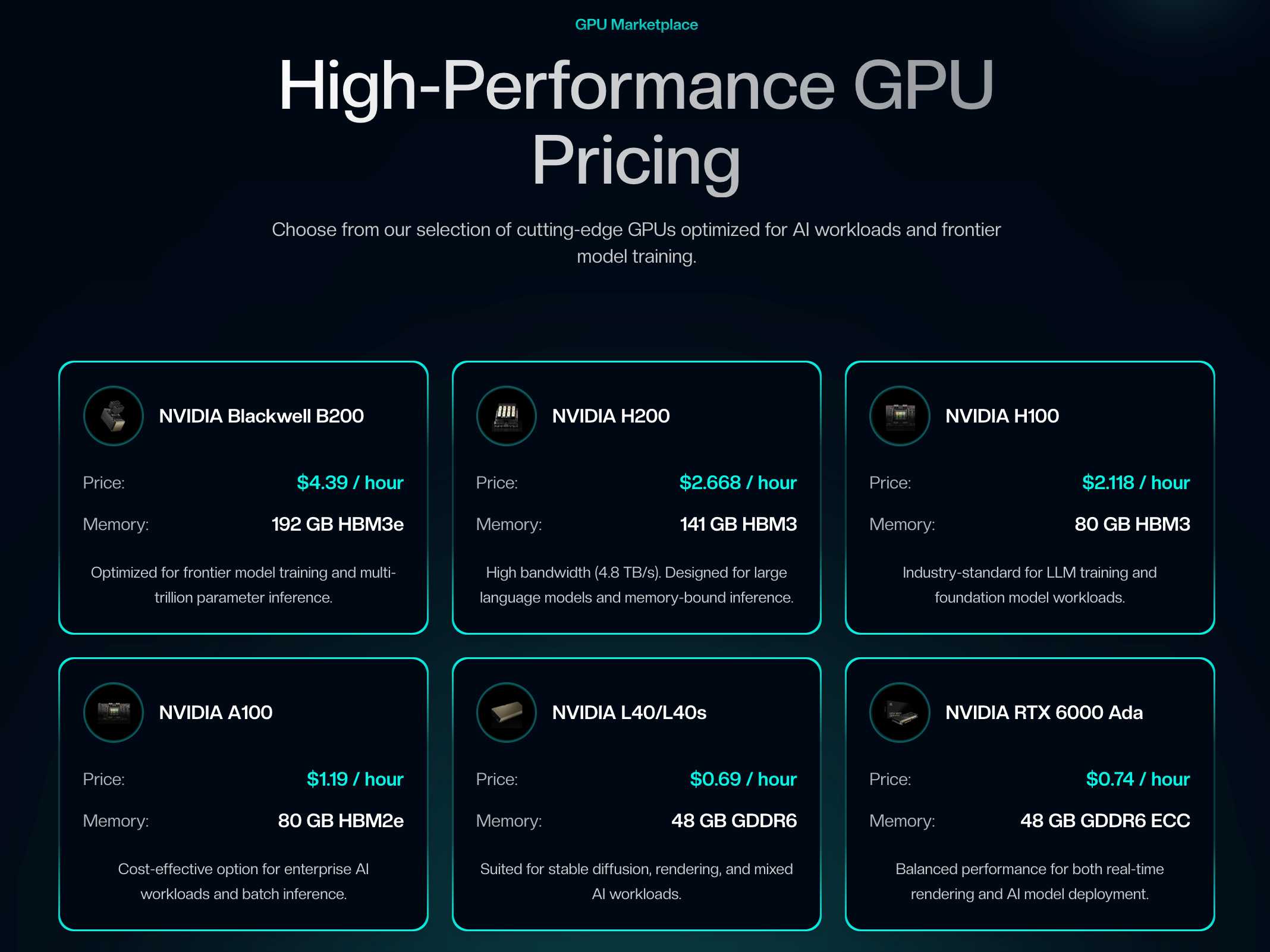
OQTACORE delivered a full GPU rental ecosystem that spans the entire lifecycle of a compute node:
- Automated Host Onboarding
OQTACORE implemented the processes allowing GPU owners to easily connect their machines to the network. This includes registration, verification, configuration, and secure association of hardware with on-chain identities.
- Smart Contract-Based Staking and Rewards
The platform integrates EVM-compatible smart contracts to manage staking, economic incentives, and reward distribution for GPU providers. This ensures that performance, uptime, and resource usage are transparently reflected on-chain, aligning incentives between all participants.
- Billing, Payments, and Access Control
Automated billing links usage metrics with payment processing (including Stripe integration). Role-Based Access Control with OAuth2 and JWT governs how different actors (admins, providers, tenants, integrators) interact with the system via secure RESTful APIs.
- Cloud-Native Scalability and Security
OQTACORE designed and implemented a scalable backend using Go (Gin Framework), MySQL, and GCP services like load balancing and KMS. This ensures the platform can handle tens of thousands of GPU machines concurrently, with robust security for keys, credentials, and sensitive data.
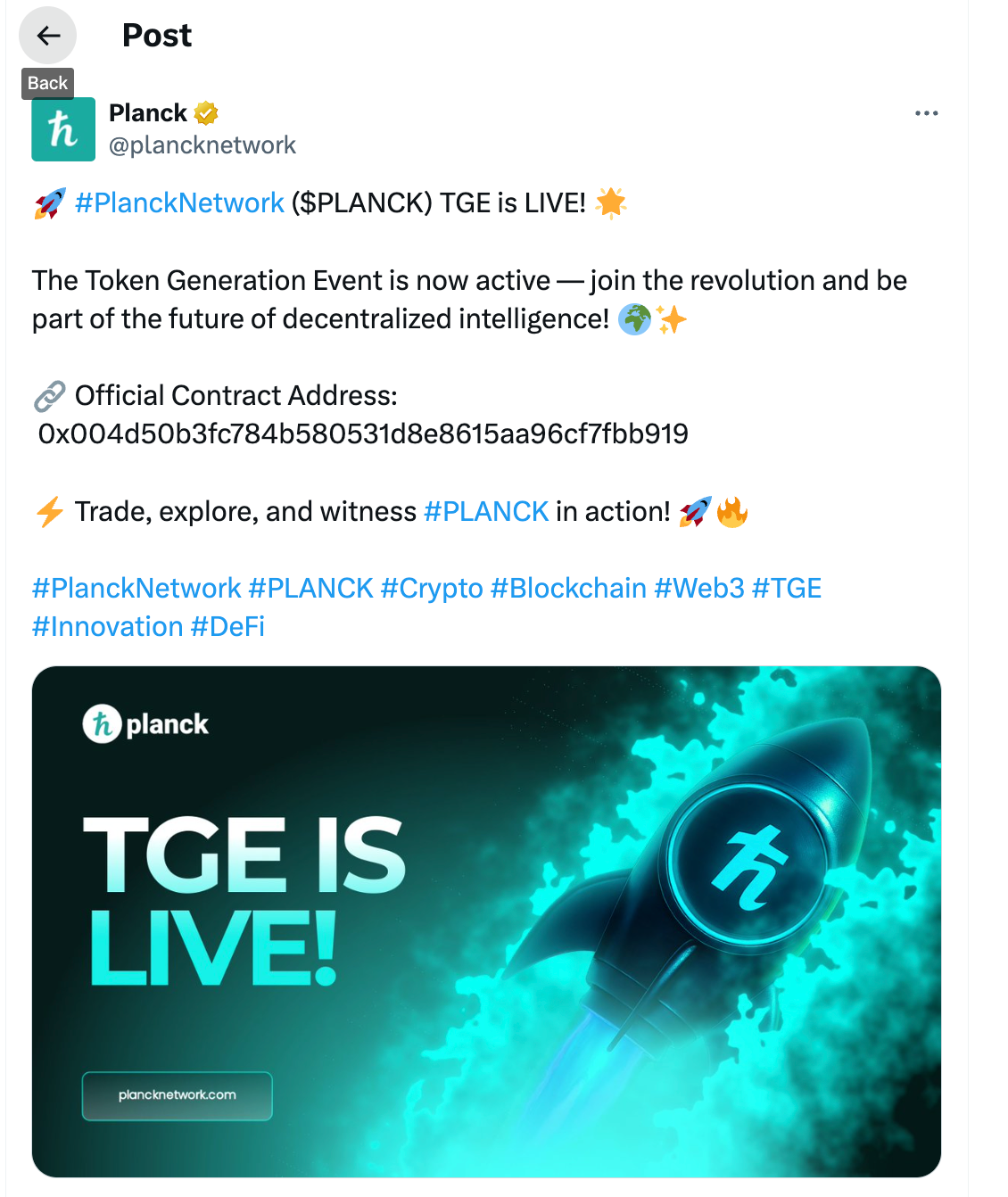
Let’s Build Together!
We’re partnering with leading Web3 and deep tech teams to deliver custom solutions and expertise that really make an impact.
Follow our social channels to stay up to date and never miss key trends.
Have a Web3 or Deep Tech idea? Let’s turn it into reality — our experts are ready to help.
EXPLORE MORE
- What is Deep Tech Development?
- What Is Decentralized Science (DeSci)?
- The Role of Computational Biology and Artificial Intelligence in Biotech
- Blockchain AI Market
